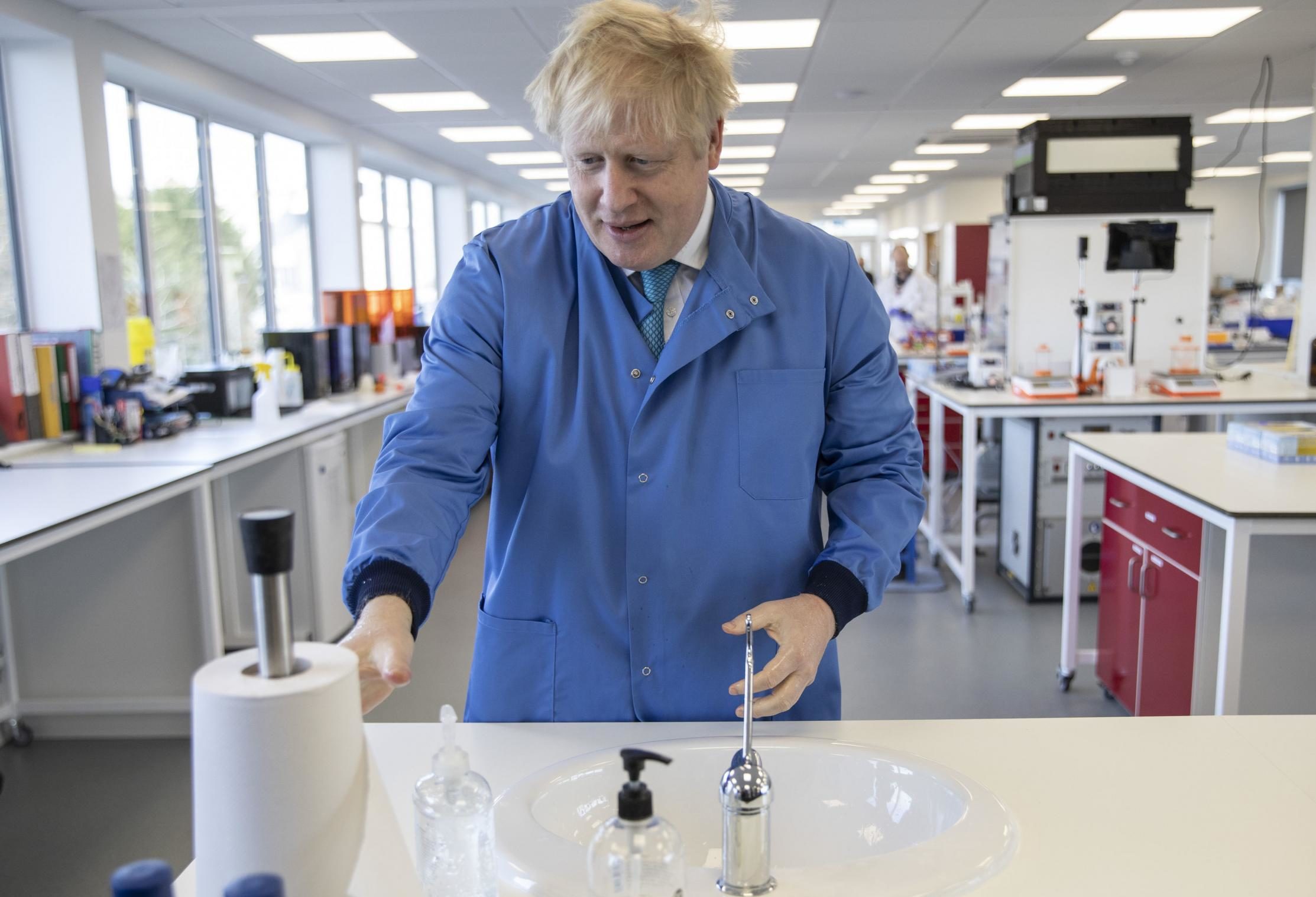How do you catch Covid? A simple but crucial question: if you know how the virus spreads you can take measures to avoid catching it. This is the underlying logic behind the Government’s public messaging campaign, as well as the rules under which businesses have to operate, when the lockdowns eventually end. But what if the measures emphasised by the Government neglect the scientific consensus on how the virus actually spreads?
Unfortunately, this is currently the case. The consensus is that covid is mainly spread through the air through droplets and aerosols, and you catch the virus by breathing it in: with over 100 million cases worldwide there is little evidence of fomite transmission (catching the virus by touching). But the Government’s current advice for businesses (and the public) almost ignores those facts.
Businesses rely on the Government for guidance on how to comply with health and safety rules. But the risk assessment the Government advises businesses to complete to help protect people from the spread doesn’t mention lack of ventilation as a hazard until the 12th page. The Health and Safety Executive’s web page on ventilation again emphasises the importance of cleanliness and hand-washing. Nearly a year into the pandemic, with solid evidence that fomite transmission isn’t the main route for transmission there is no excuse for not having better advice. Any private business issuing guidance with such incorrect messaging, in the current state of scientific knowledge, would risk liability for negligence.
A reset is needed. Rather than adding piecemeal advice which doesn’t have a coherent understanding of how the virus spreads, the Health and Safety Executive should sit down and do a wholesale review for businesses before lockdowns are lifted. Ideally, this should look at best practice from around the world (think Japan, Taiwan, Hong Kong) and potentially with scientists from around the world who are not currently advising the Government through SAGE. In the meantime, sensible business owners who want to protect their business, their employees and their customers can take plenty of cost-effective steps now to stop the virus spreading.
What would this look like in practice? Mask wearing plus ventilation (opening windows and doors) is a vastly more effective way to reduce risk than cleaning surfaces and hand washing. You might not be seeing visors on members of staff, but you might be seeing air purifiers in shops with few windows (paid for in part by the Government), and in those premises which have air conditioning, high-efficiency particulate air (HEPA) filters can be installed. Staff would be educated about ventilation, and told to check carbon dioxide monitors to see how well ventilated the room they are in is, rather than spending quite so much time sanitising surfaces.
Even though the UK is leaving its neighbours in Europe in the rear-view mirror when it comes to vaccination, the plan is still to be easing lockdowns before the adult population is fully vaccinated. The tens of millions of Britons who are yet to receive a vaccine deserve effective measures to help prevent them from catching the virus.










Join the discussion
Join like minded readers that support our journalism by becoming a paid subscriber
To join the discussion in the comments, become a paid subscriber.
Join like minded readers that support our journalism, read unlimited articles and enjoy other subscriber-only benefits.
Subscribe